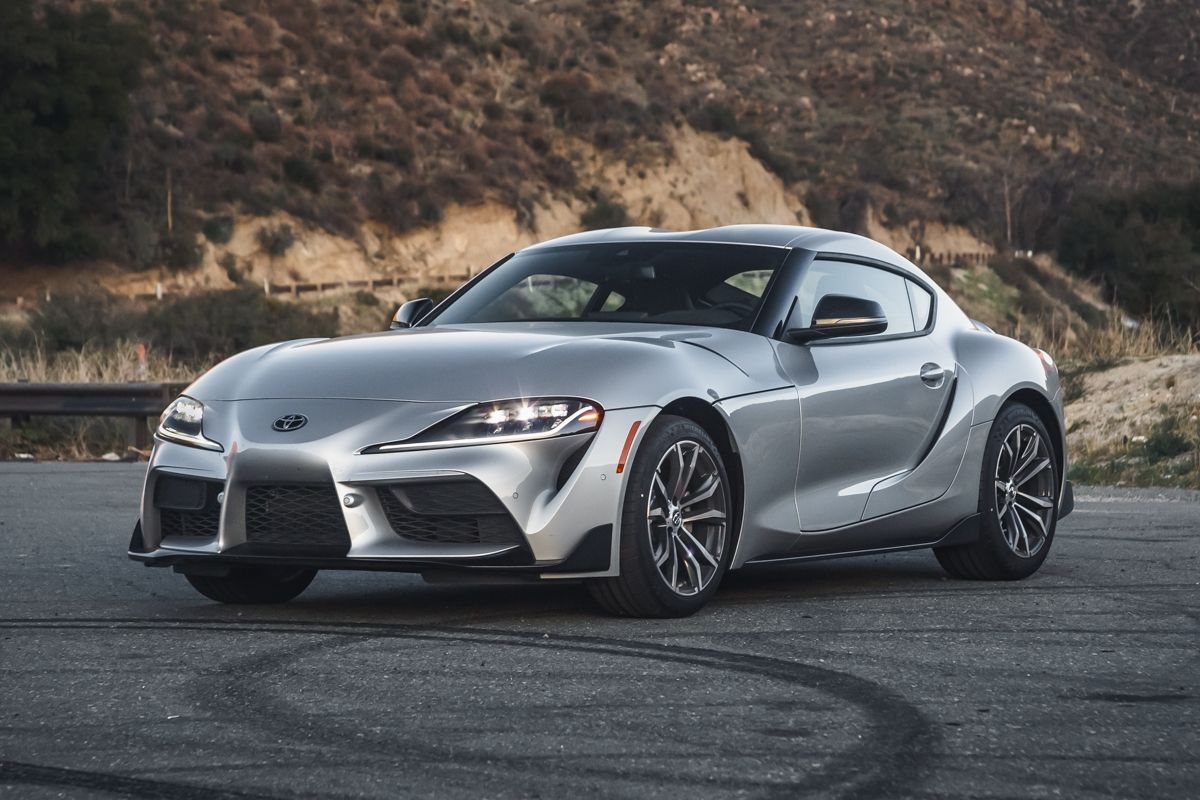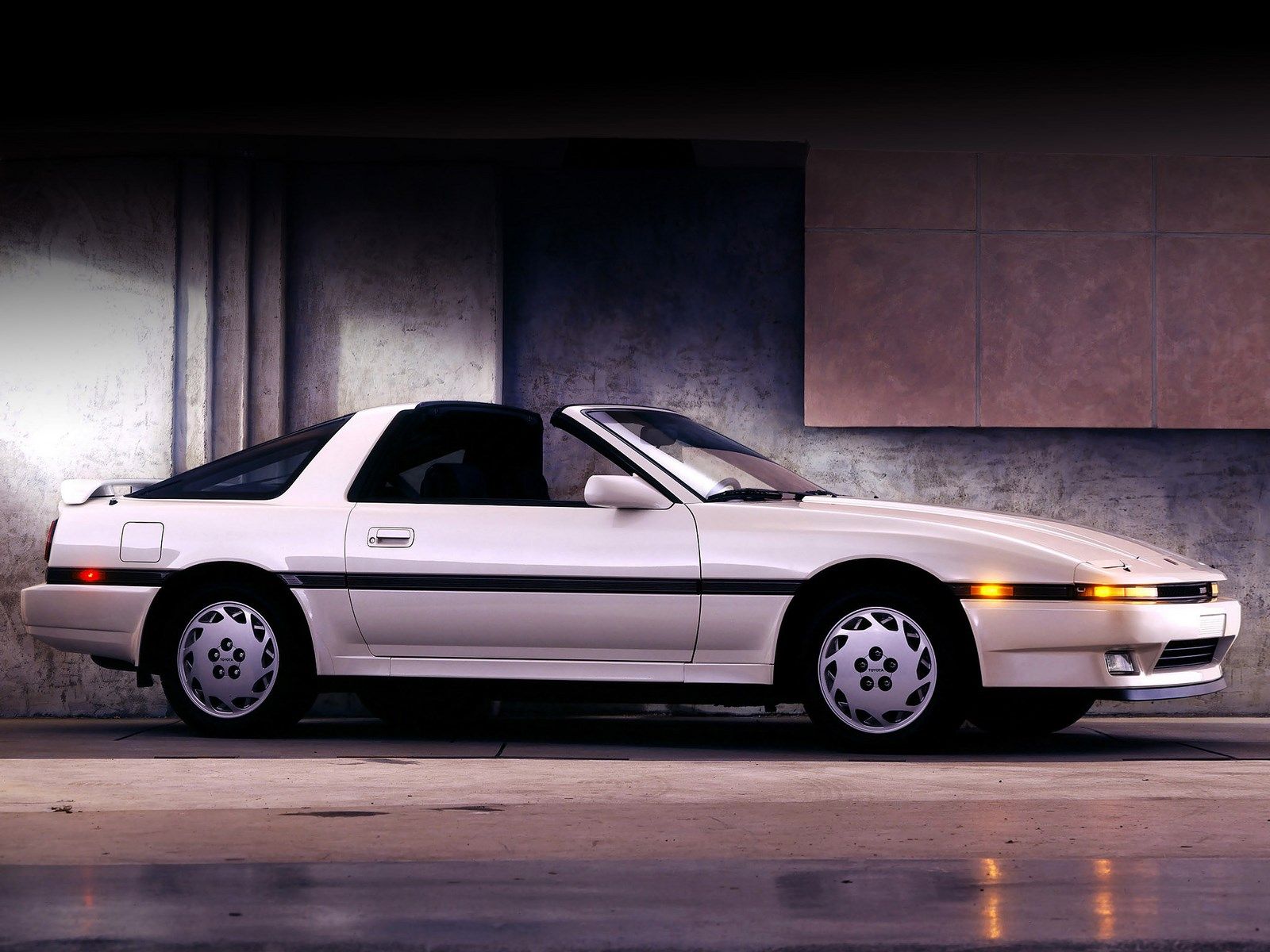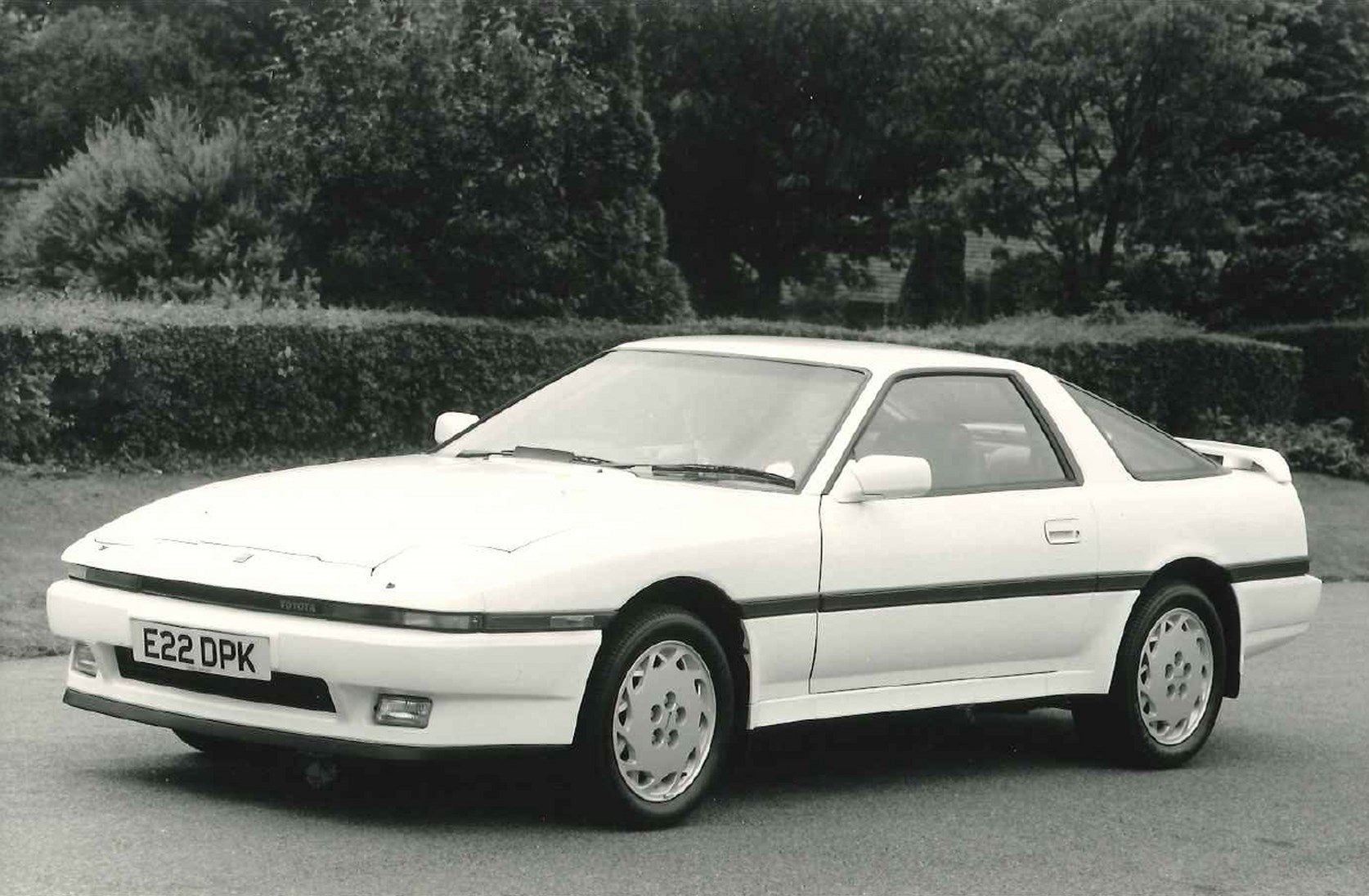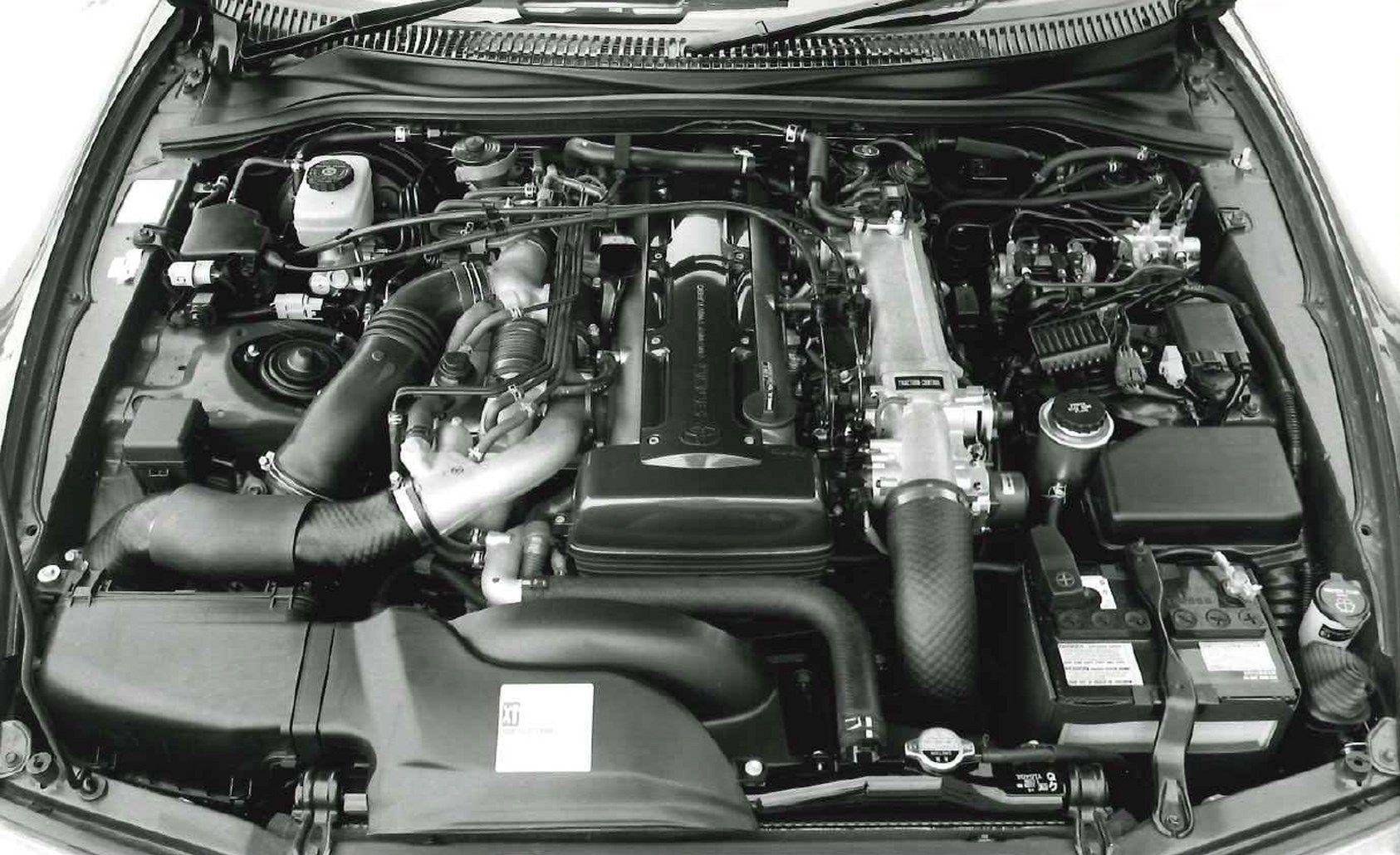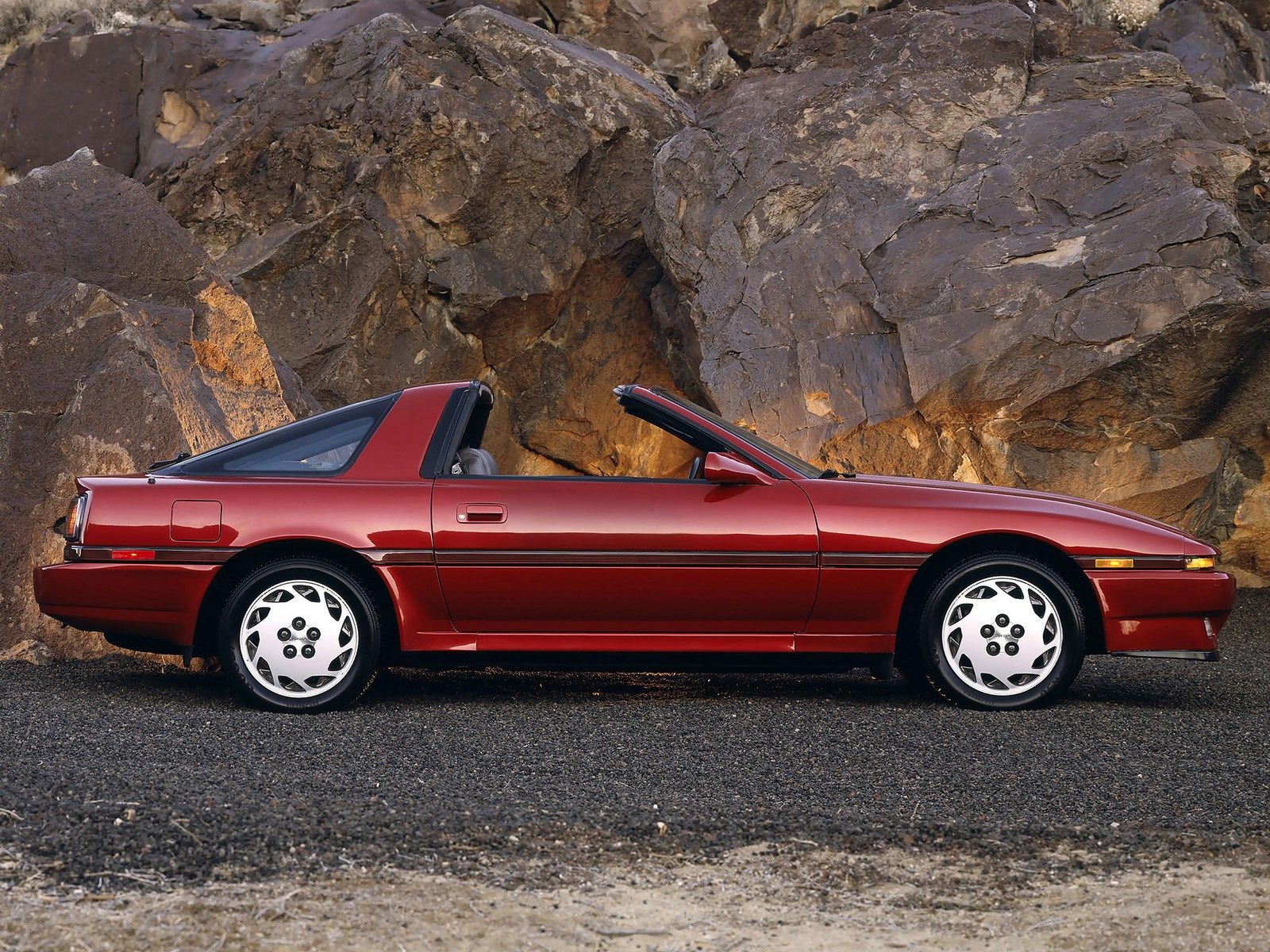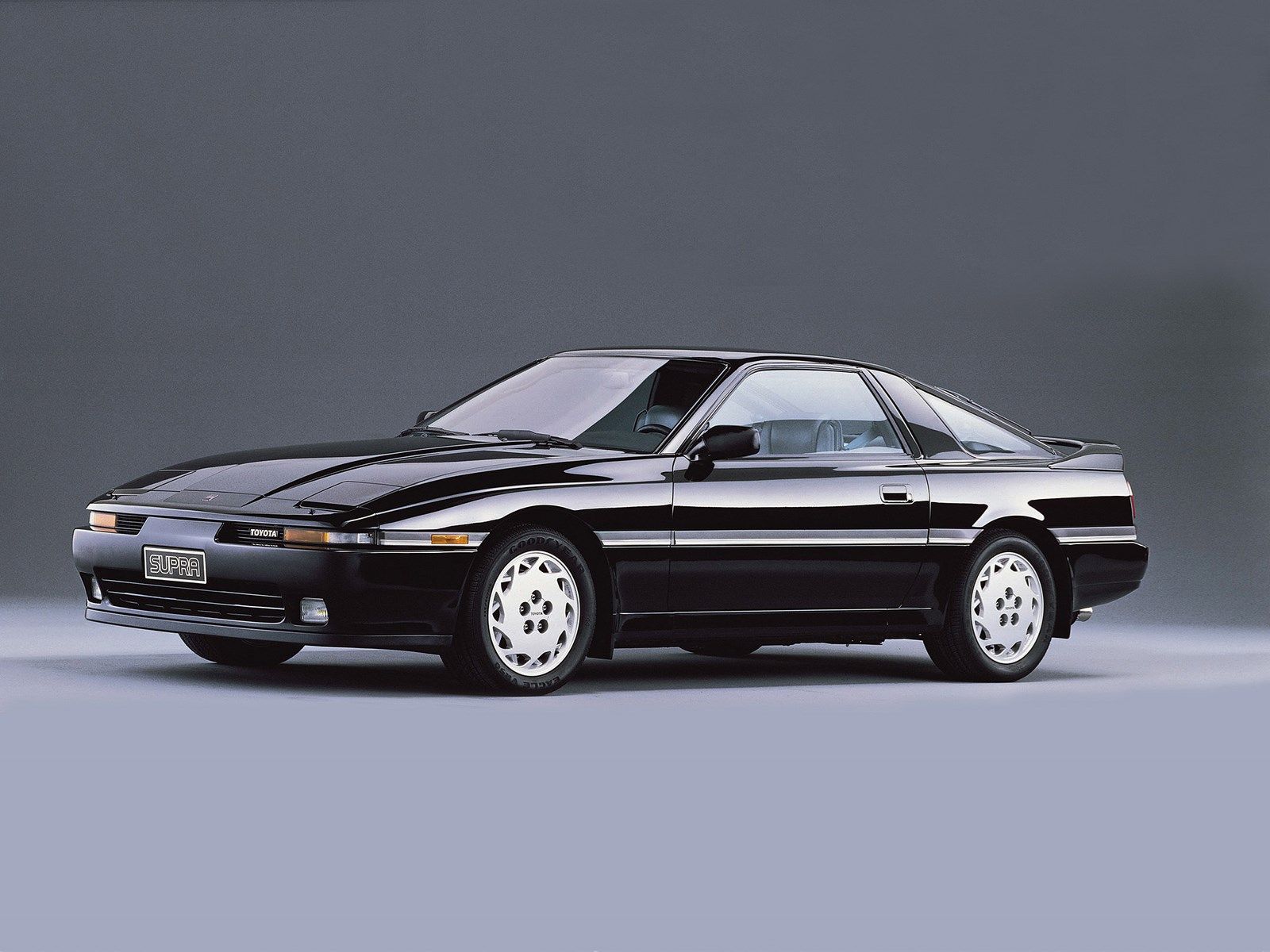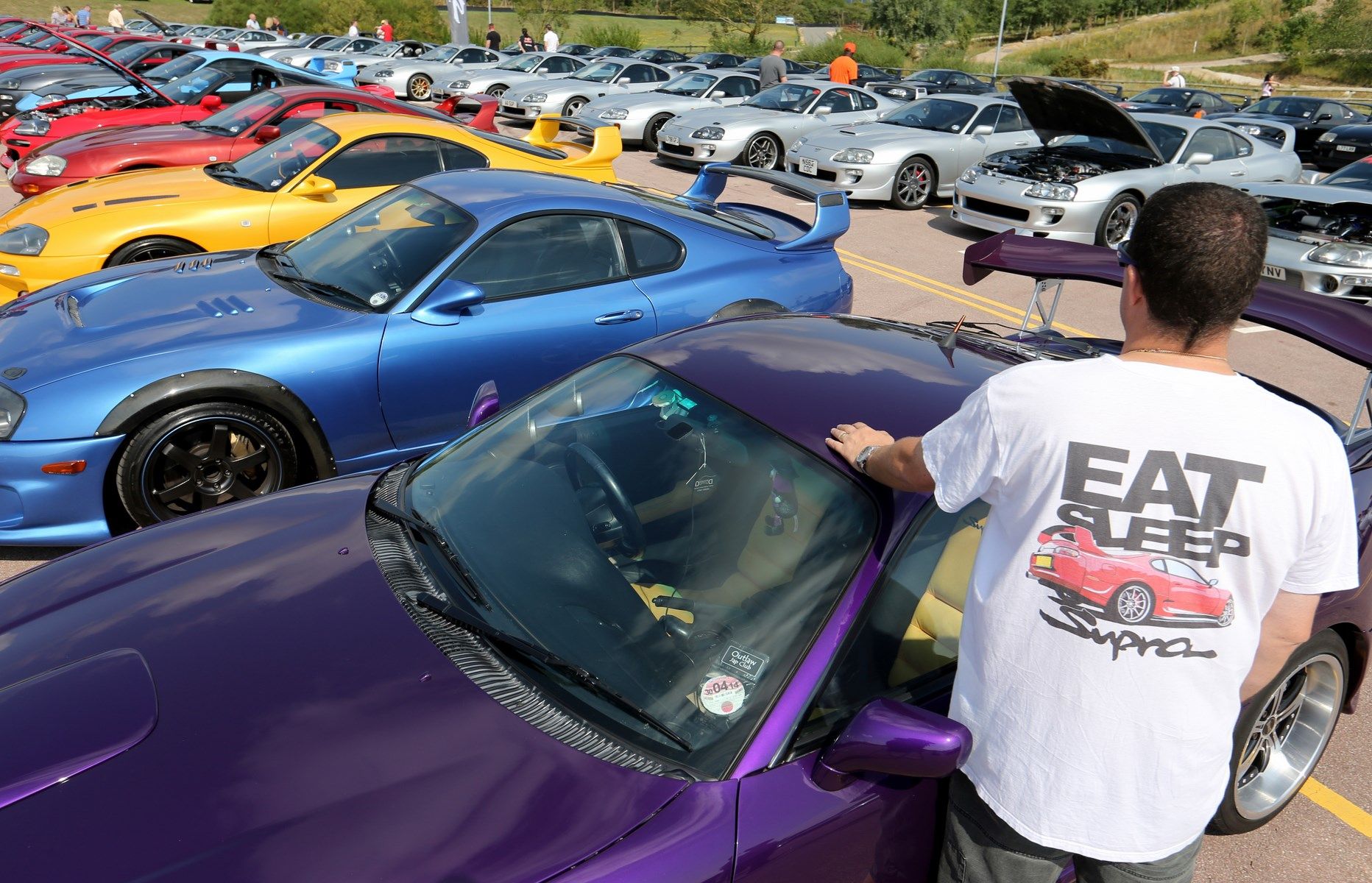In part 1 of our 40 Years of Toyota Supra special, we took a look at the first two generations of the iconic nameplate, and how the Celica Supra evolved from a rather horrendous first iteration into something highly competent that would start the legendary ball rolling. But it would be from the third generation that things would get really exciting for Toyota and the Supra.
Mk III – A70 Toyota Supra
For the Mk III Toyota Supra, Toyota cut ties altogether between the Supra and the Celica, inciting a name change that saw the Supra name remain standalone for the first time since its inception. One of the biggest changes was that while the Supra would remain rear-wheel drive, the Celica moved to a front-wheel-drive platform. But in separating the Supra from the Celica, Toyota was making allowance for the Supra to evolve into a genuine halo model for the brand, one into which they could heavily invest in technology.
While Japanese models still got a smaller 2.0-liter displacement inline-six, along with a narrower body to avoid additional taxes, the rest of the world received a new flagship engine from the M series engine range. The 7M engine retained the now traditional inline-six cylinder configuration, but with a larger displacement of 3.0-liters, and was available, at first, in naturally aspirated guise, with a turbocharged version arriving later on. The engine was the flagship of Toyota's arsenal, including acoustically controlled induction (ACIS) to increase power, developing 200 hp and 196 lb-ft in launch guise, and mated to either a 4-speed automatic or 5-speed manual gearbox.
The 7M-GTE turbocharged version was Toyota's first distributor-less engine offered in the US, and with the addition of the CT26 turbocharger, outputs jumped to 230 hp and 254 lb-ft, though in 1989 an additional 2 hp would be unlocked. The turbocharged version also received an uprated R154 manual in order to deal with the newfound power and torque.
However, it was the technology employed elsewhere in the A70 Supra that was most notable. Toyota invested heavily in making the Supra a technological halo for the Toyota brand, and at launch in 1986 available options included 3-channel ABS and TEMS – Toyota Electronic Modulated Suspension. This electronically controlled damper system featured two selectable damper settings, with a third setting automatically activated at wide-open throttle, hard braking, and high-speed maneuvering.
Double wishbone suspension was standard, front and rear, and with the launch of the turbocharged A70 Supra, a Performance Package (optional on the base model and standard on the turbo) included a limited-slip differential and TEMS as standard.
With the introduction of the A70 Supra, Toyota had taken a step up into the big leagues, targeting rivals like the Corvette, Porsche 944 Turbo, and Mazda RX-7 Turbo. The non-turbocharged model was competent, but ultimately weighed too much to really rival the competition, but with the introduction of the turbocharged version, Toyota found themselves playing in the big leagues quite competently.
The Supra offered high levels of refinement and superb handling and was a hit amongst enthusiasts. The only known fault was improperly torqued head bolts from the factory that resulted in repeated head-gasket failure, something easily remedied by a competent mechanic.
For fans of the Supra, the A70 generation, specifically the 1989 upgrades, would be a sign of things to come for the brand. Engine mountings and braces were changed to allow for the introduction of a new engine in Japan-only models – a new twin-turbocharged inline-six developing 276 hp and 268 lb-ft of torque, with the engine code 1JZ-GTE. By this stage, a new legend was already in the making, though the A70 would remain in production until May of 1993.
Mk IV – A80 Toyota Supra
While the 1989 updates to the A70 Supra had paved the way for the new 1JZ engine in Japan, the changes had been two-fold. They'd enabled development of the new A80 generation to begin the same year almost entirely in secret, using an A70 body to disguise all the running gear of the new model completely inconspicuously. By the middle of 1990, a final A80 design concept was approved, and the first running prototypes began testing later that year. With the development complete, production of the Mk IV Supra began in 1993 sporting radically redesigned looks and two brand new engines that would live on in infamy for the next two and a half decades.
The new 3.0-liter inline-6 was once again available in either naturally aspirated or twin-turbocharged state and was an evolution of the Japan-only engine that had debuted in the A70 in 1989. The new engine was none other than the 2JZ. But before the 2JZ would go on to become a cult classic, adored in movies and on drag strips alike, the introduction of the new engine symbolized something else as it was the first time a Supra didn't feature an M series engine.
The 2JZ-GE – the naturally aspirated variant – boasted rather mild outputs of just 220 hp and 210 lb-ft, channeled rearwards by either a 4-speed auto or 5-speed manual gearbox, both of which were carryovers from the previous Supra. The 2JZ-GTE was the sweet spot, although Japanese outputs seemed a little tame compared to expectations with just 276 hp and 318 lb-ft as a result of the Japanese 'gentlemen's agreement' and the JGTC GT300 racing series. Export models of the Supra Turbo were vastly more potent, with outputs of 320hp and 315 lb-ft largely owing to steel-wheeled turbochargers and bigger fuel injectors amongst other alleged upgrades. All versions of the 2JZ-GTE featured a new six-speed manual.
Signifying just how big a leap forward the Supra had taken, the turbocharged variant was capable of a 0-60 mph sprint recorded as low as 4.6 seconds, a stock quarter mile as quick as 13.1 seconds, and a top speed over 177 mph. The twin-turbo setup was sequential, allowing for a boost threshold as low as 1800 rpm, with as much as 300 lb-ft of torque already available at that point. This vastly increased low-rpm responsiveness, whilst high-rpm boost and responsiveness were aided by the same ACIS acoustic induction system as used on the A70's 7M-GE engine.
Whereas excessive weight had plagued previous Supra generations, in this new incarnation Toyota sought to reduce it substantially, utilizing aluminum in the hood, targa-top (when equipped), front crossmember, oil and transmission pans, and suspension upper A-arms. Hollow carpet fibers, a magnesium alloy steering wheel, and plastic elements all assisted in reducing weight by more than 200 lbs over its predecessor, while the weight balance was nearly 50:50.
The styling outside was aggressive, while inside, it was driver-focused, and overall, completely unforgettable. But it was the way it drove that cemented the A80 Supra into automotive stardom. The measured figures alone were immense, capable of pulling nearly 1g on a skidpan. Many regarded the Supra as the best bang for buck sports car of its era, out handling vehicles nearly twice the price. It was feelsome, adjustable, and intuitive, with its biggest criticism being firm ride quality and the fact that the steering wasn't as good as a Porsche.
The A80 Supra became the giant-slayer of choice, both on the street and on the track, with numerous privateer racers enjoying massive success with the fourth generation Supra. It was largely due to the 2JZ engine, which was not only potent right out the box but responded to modification like almost no other engine around. It was bulletproof in standard trim, and when tuners got their hands on the big-6 it was known to exceed 1000 hp on stock internals and with relatively little modification. To this day, the 2JZ is the powerhouse of choice for dragsters and drifters alike, performing at the highest levels consistently and reliably.
The Mk IV Supra seemed like the sports car that could last forever, but as sales of sports cars dwindled in North America in the late 1990s, the Supra was withdrawn – first from Canada in 1996, and then the USA in 1998. Japanese production continued until 2002, only ending due to emissions standards being too restrictive.
The loss of the Supra seemed to be the end of an era for Toyota, as the brand turned to boring appliance-like automobiles for their bread and butter. The Supra's legacy lived on fondly, but it seemed for an eon as if the Supra was dead and gone, never to be seen again…

